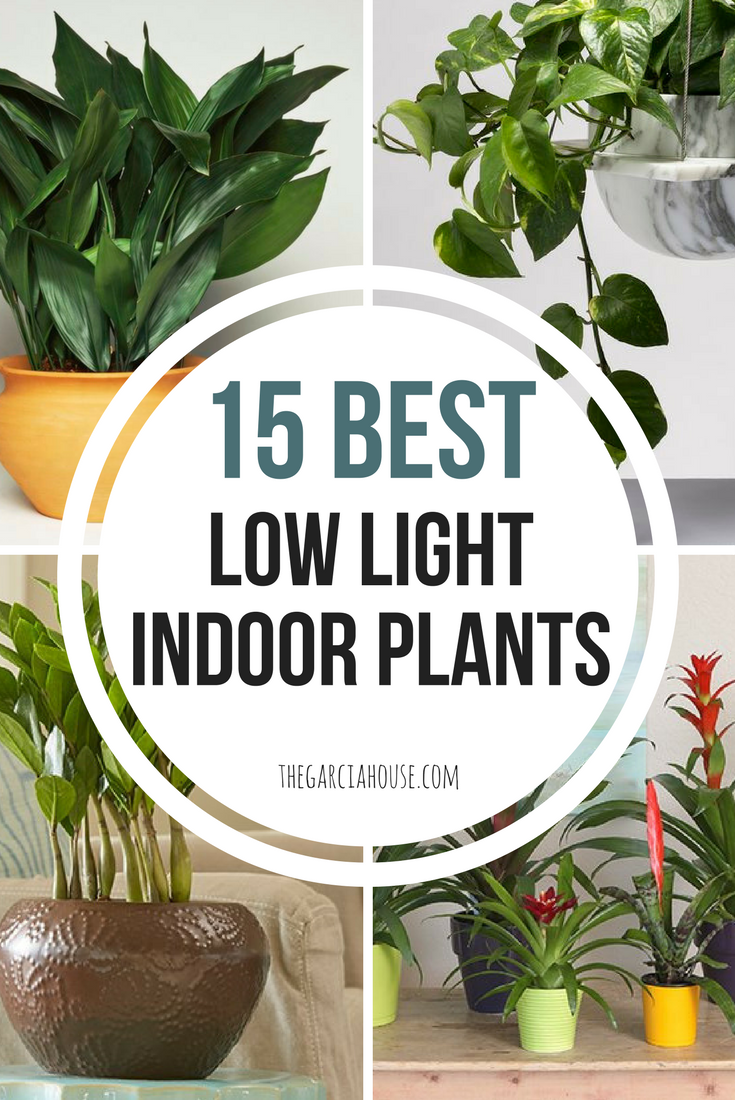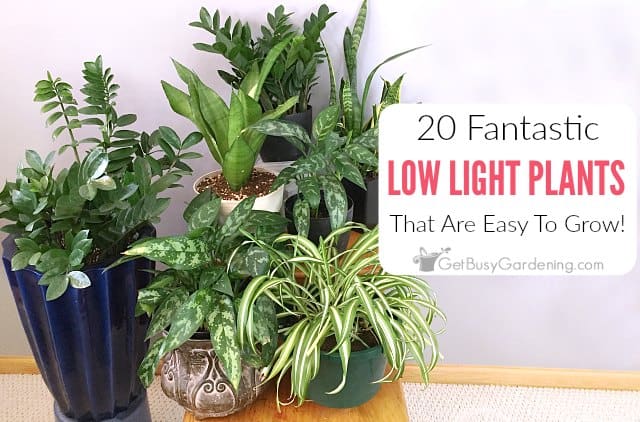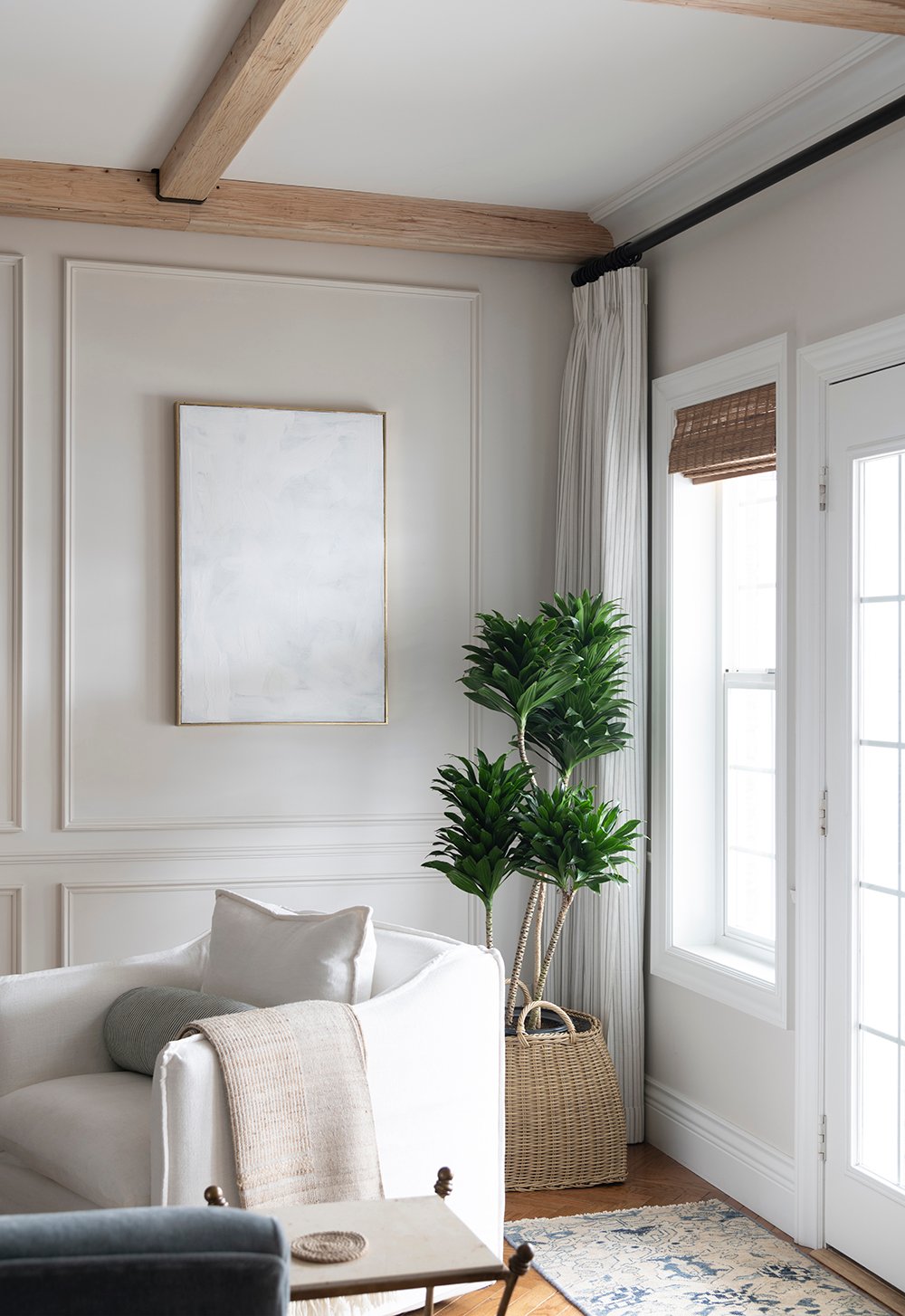The Best Low-Light Indoor Plants You Can Grow Without Natural Light
The Best Low-Light Indoor Plants You Can Grow Without Natural Light
Blog Article
Transform Your Home With Beautiful Low-Light Indoor Plants and Their Advantages
Incorporating low-light indoor plants into your home can dramatically enhance both the visual and ecological high quality of your home. These plants, which flourish in dark problems, offer not just as attractive components however additionally as all-natural air cleansers, making them suitable for city residents or those with limited sunlight exposure. As we check out the numerous sorts of low-light plants and their benefits, you may discover shocking ways to integrate them into your home that can transform your surroundings in methods you could not have actually expected.
Benefits of Low-Light Plants
Low-light plants offer various advantages for indoor settings, making them an excellent option for both amateur and skilled garden enthusiasts. One of the key advantages is their flexibility to low-light conditions, enabling individuals to improve their living areas without the demand for considerable sunshine direct exposure. This characteristic makes them suitable for houses, workplaces, and other areas with minimal natural light.

Furthermore, including low-light plants into home decoration can raise the visual charm of a room. Their lush foliage and varied structures develop a relaxing ambience, adding to total health. The presence of plant has been connected to lowered tension degrees and boosted efficiency, making low-light plants a sensible option for enhancing both psychological and physical wellness in interior setups.
Leading Low-Light Indoor Plants
While several interior plants thrive in brilliant light, several varieties are specifically well-suited for low-light conditions, making them optimal for different indoor spaces. One popular selection is the Serpent Plant (Sansevieria), recognized for its striking upright leaves and durability, requiring marginal treatment. One more outstanding option is the Pothos (Epipremnum aureum), which includes heart-shaped fallen leaves and can trail magnificently from wall mounts or shelves, thriving in low light and including a rich touch.
The ZZ Plant (Zamioculcas zamiifolia) is celebrated for its shiny leaves and ability to stand up to disregard, making it perfect for active way of livings. In a similar way, the Peace Lily (Spathiphyllum) not just tolerates reduced light but likewise produces spectacular white blooms, enhancing any kind of room's aesthetic.
For an unique touch, think about the Cast Iron Plant (Aspidistra elatior), which without a doubt lives up to its name, thriving in the darkest corners of your home. Lastly, the Chinese Evergreen (Aglaonema) provides a range of fallen leave patterns and colors while being incredibly forgiving in low-light conditions. These plants not just beautify indoor atmospheres yet additionally add to air filtration, enhancing your living room.
Care Tips for Low-Light Plants

Watering methods are crucial; these plants often prefer a little completely dry conditions. Overwatering can bring about root rot, so ensure that the leading inch of dirt is completely dry prior to sprinkling once more. Use pots with drainage openings to allow excess moisture to run away.
Humidity is an additional essential variable. Several low-light plants, such as ferns and peace lilies, advantage from higher moisture levels. To enhance humidity, think about misting the fallen leaves or placing a tray of water near the plants.
Fertilizing must be come close to with caution. During the expanding season, utilize a watered down, balanced fluid fertilizer each month to support development, yet prevent fertilizing throughout the inactive cold weather.

Creative Ways to Show Plants
Indoor plants can serve as exciting centerpieces in any space, improving both visual appeal and setting. Creative displays can boost the aesthetic impact of low-light plants, making them an integral component of your home decoration. One reliable technique is to use tiered plant stands, which allow you to showcase several plants at differing elevations while making the most of floor area.
Hanging planters are one more cutting-edge alternative, creating a sense of depth and drawing the eye up. Take into consideration macramé hangers or wall-mounted racks to introduce a distinct texture and design.
For a more structured method, usage geometric terrariums or glass containers to house your plants, including a modern-day touch to your indoor yard. You can also repurpose classic products, such as teacups or wood crates, for an eclectic display screen that reflects special info your character.
Enhancing Home Atmosphere With Plants
Integrating low-light plants into your home not only boosts visual appeal yet also contributes significantly to the total atmosphere. These plants function as natural design elements, presenting a feeling of harmony that can transform any room. The presence of greenery promotes a soothing environment, which is specifically advantageous in high-stress atmospheres such as home offices or living areas.
Low-light plants, such as serpent plants, pothos, and ZZ plants, are not just visually pleasing but also boost indoor air quality by filtering system pollutants. This dual feature boosts the atmosphere additionally, creating a much healthier space (Best low-light indoor plants). The tactical positioning of these plants can likewise affect the perception of space; for circumstances, high plants can attract navigate here the eye up, making ceilings appear higher and areas much more spacious
In addition, differing textures and shades of foliage add depth to interior decoration, permitting for creative expression in home designing. Whether placed on shelves, in edges, or as focal points, low-light plants can raise the mood of any kind of space. In recap, including these plants into your home is an effective means to cultivate a cozy, inviting ambience while enjoying the benefits of boosted air top quality and aesthetic flexibility.
Conclusion
Including low-light indoor plants into home settings supplies many benefits, including improved visual charm and improved air quality. These resistant plants, such as the Snake Plant and Peace Lily, need minimal light and upkeep, making them appropriate for diverse lifestyles.
While numerous interior plants grow in bright light, a number of varieties are particularly appropriate for low-light problems, making them suitable for numerous indoor rooms. One efficient approach is to make use of tiered plant stands, which allow you to showcase several plants at differing heights while taking full advantage of floor area.
Low-light plants, such as snake plants, pothos, and ZZ plants, are not just cosmetically pleasing however also improve indoor air quality by filtering pollutants. Best low-light indoor plants. The strategic placement of these plants can also affect the perception of this website room; for circumstances, tall plants can attract the eye upward, making ceilings show up higher and rooms a lot more large
These resistant plants, such as the Serpent Plant and Peace Lily, require very little light and upkeep, making them ideal for varied lifestyles.
Report this page